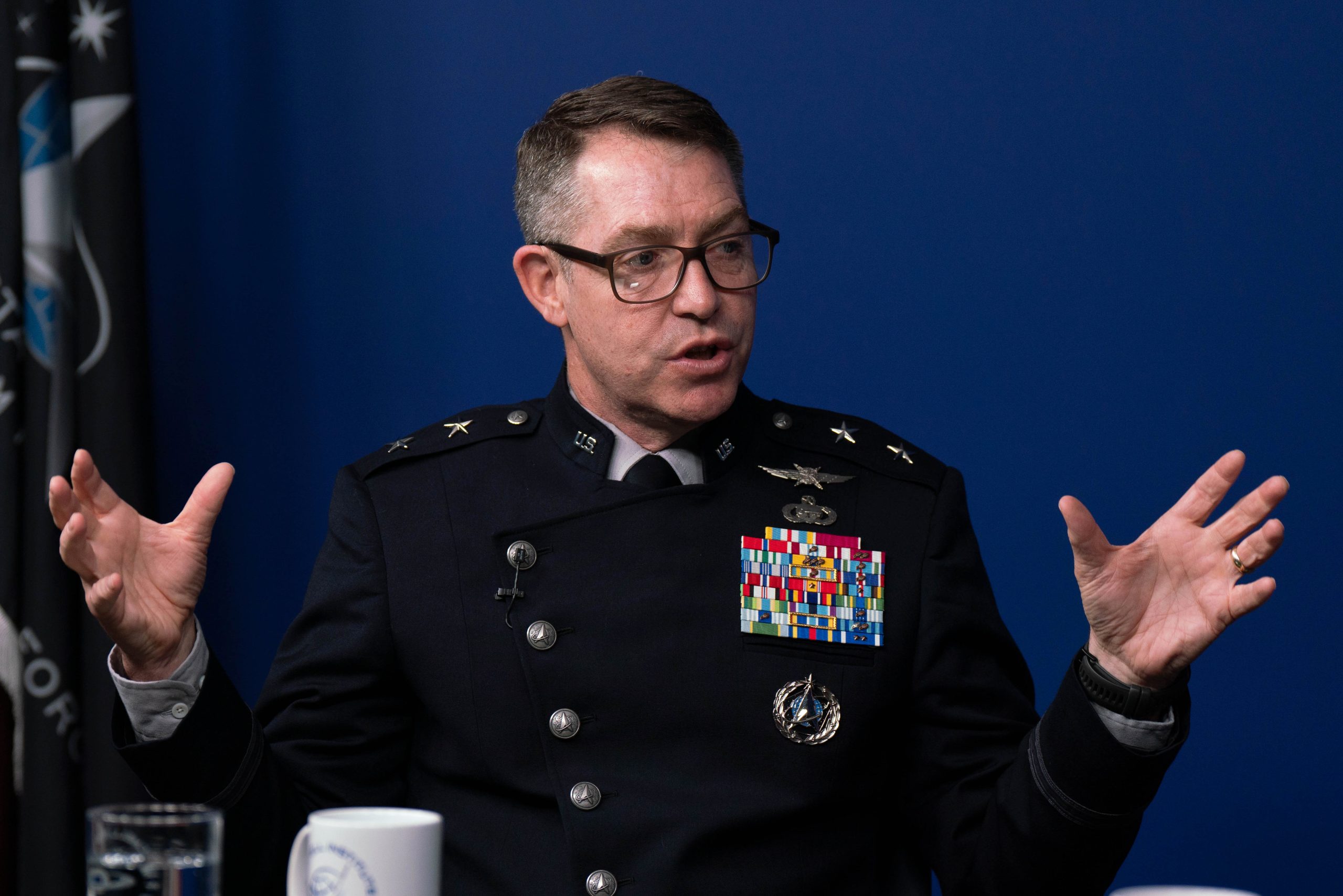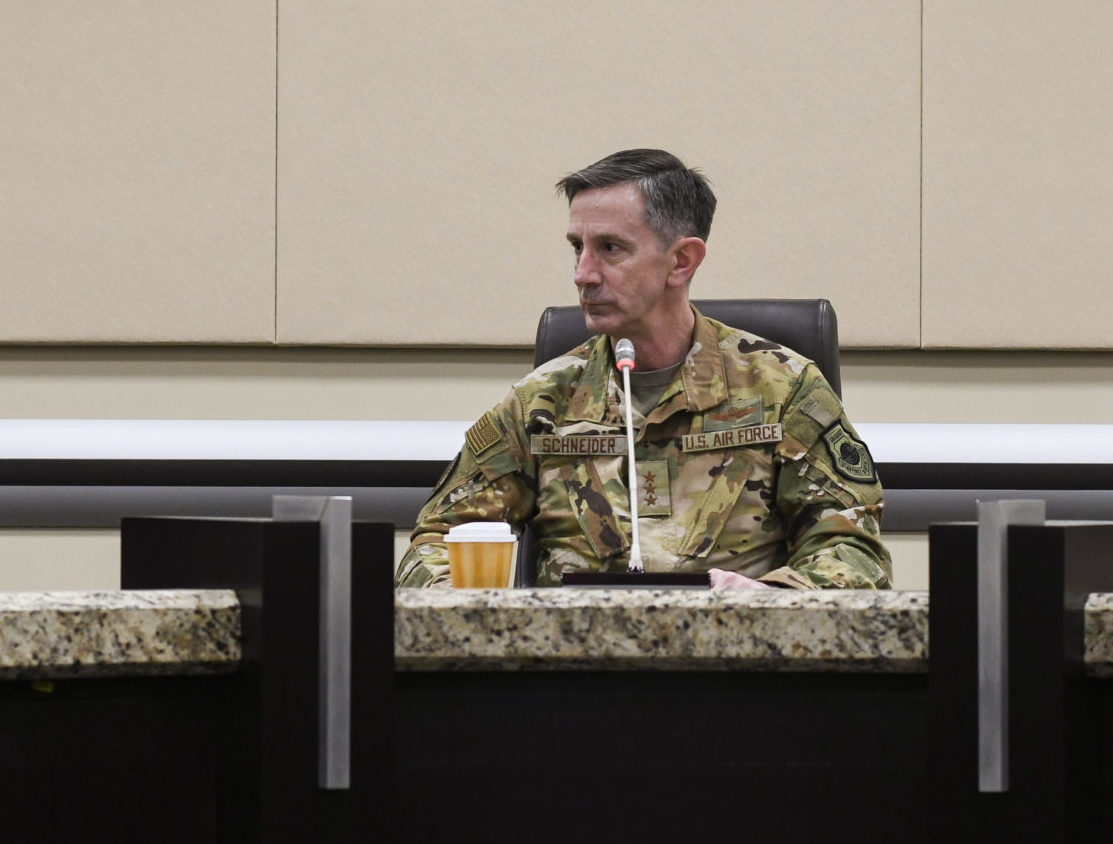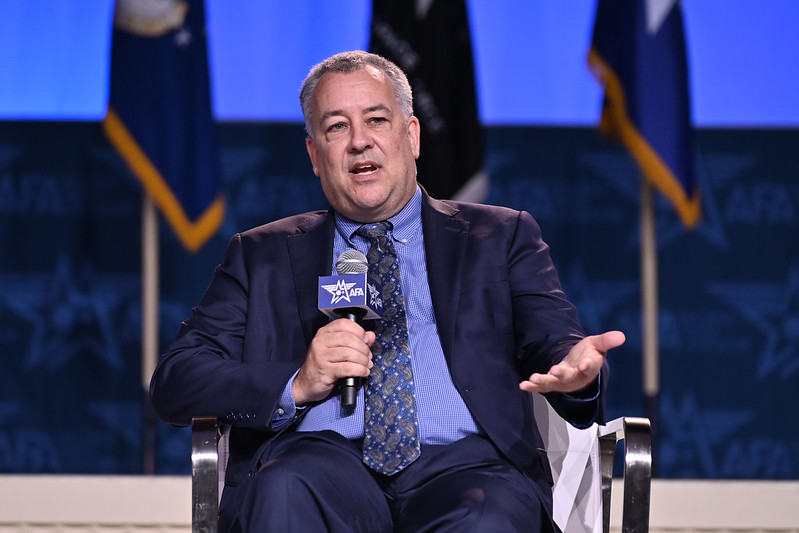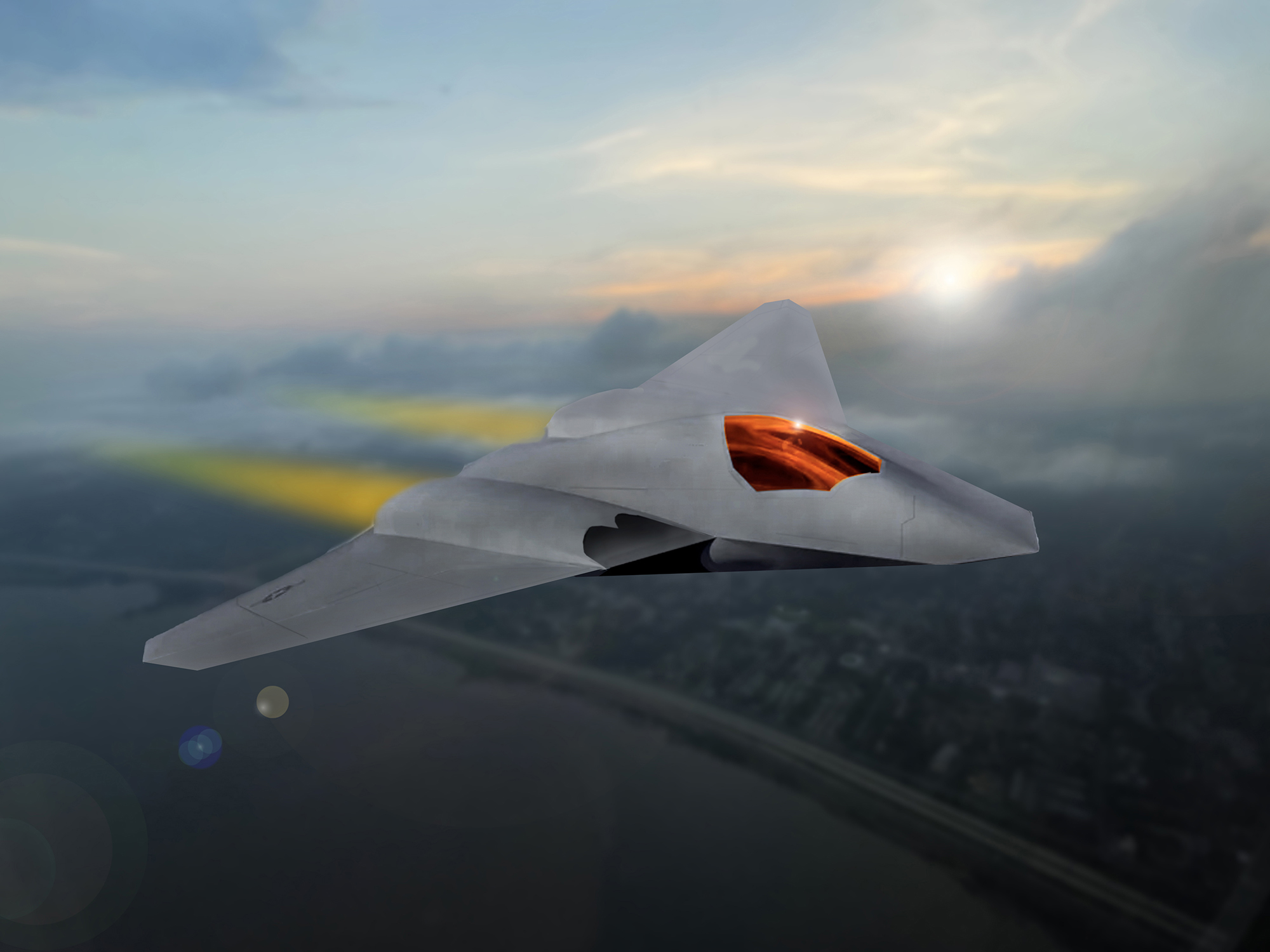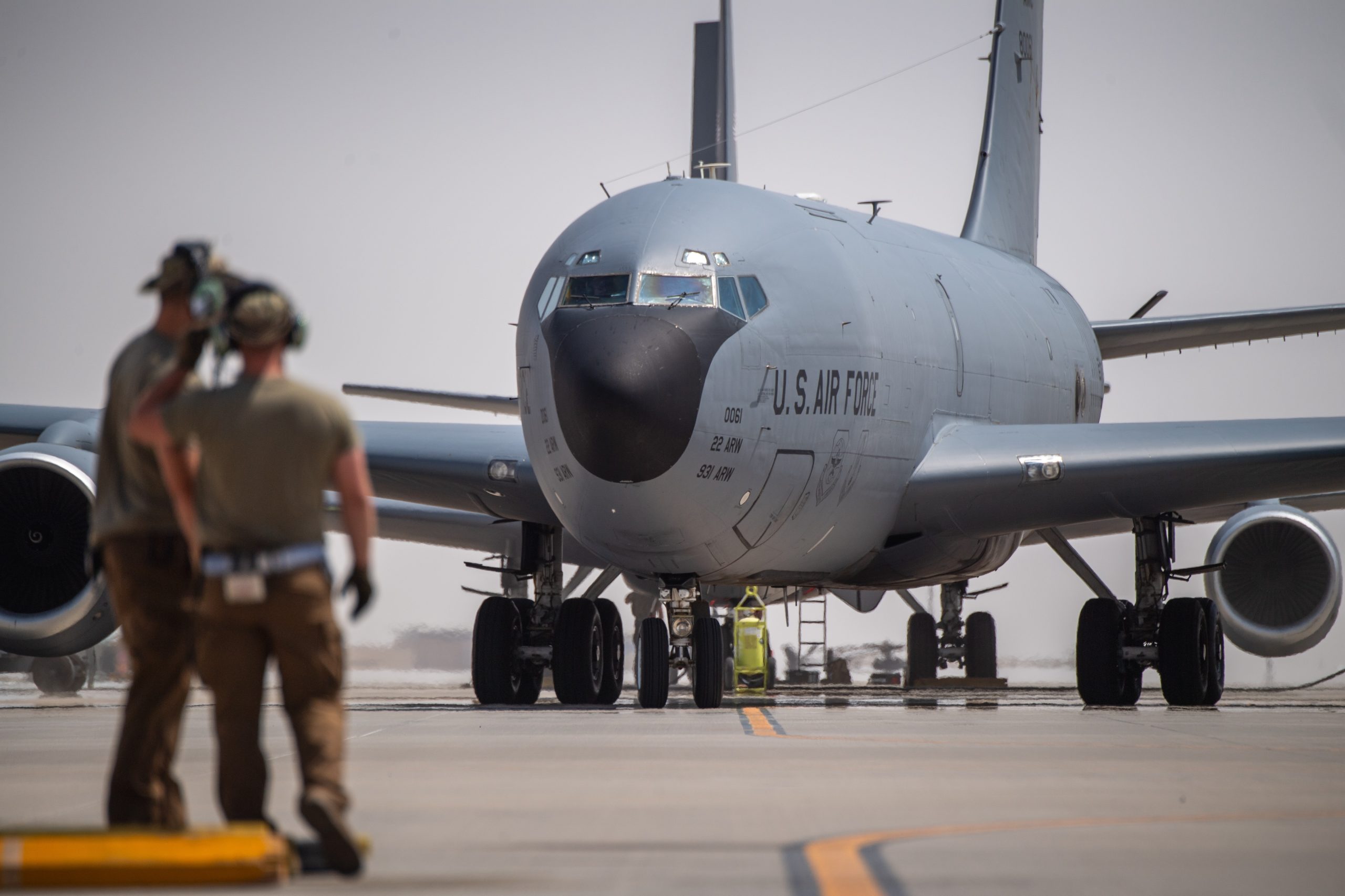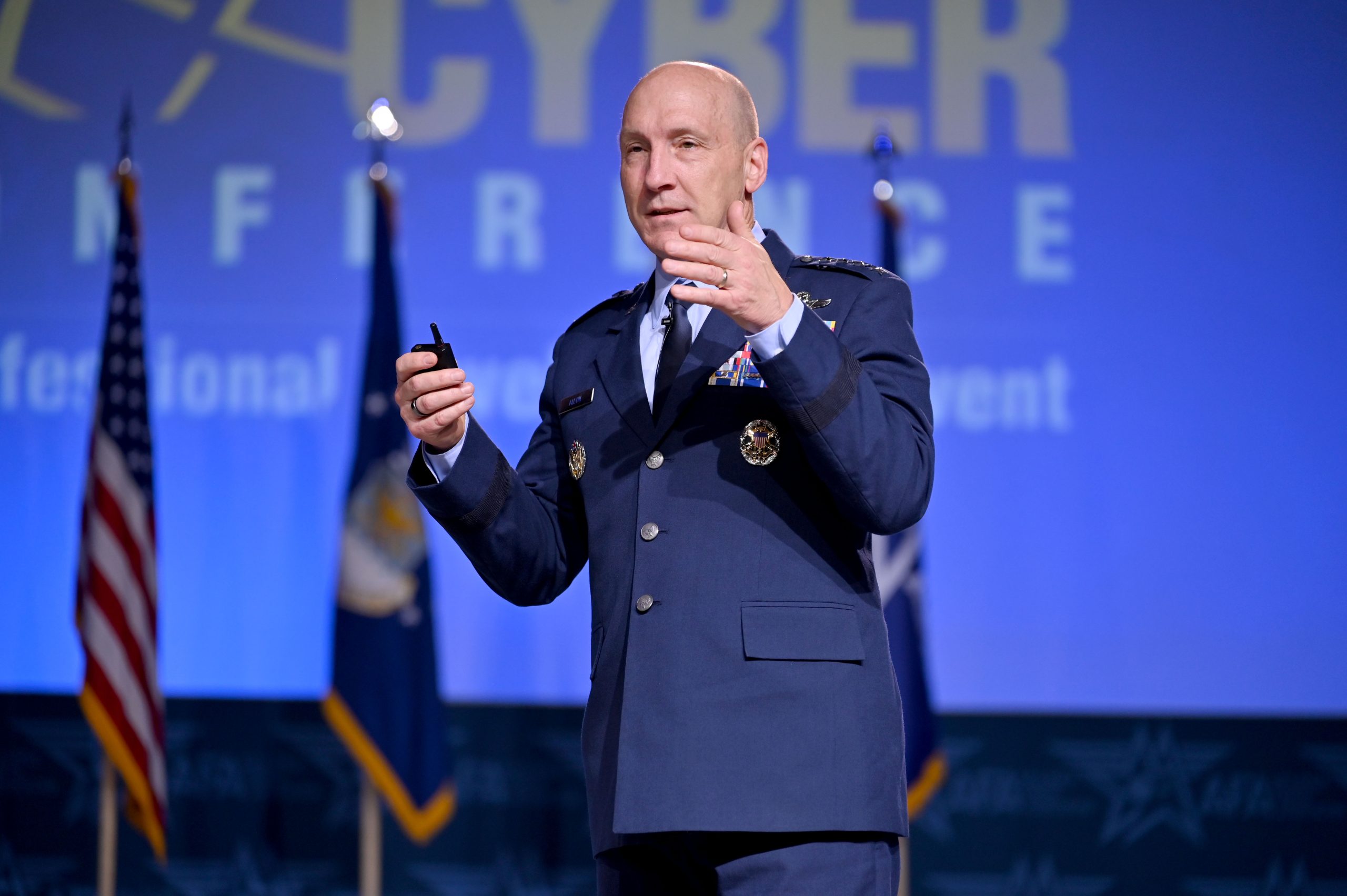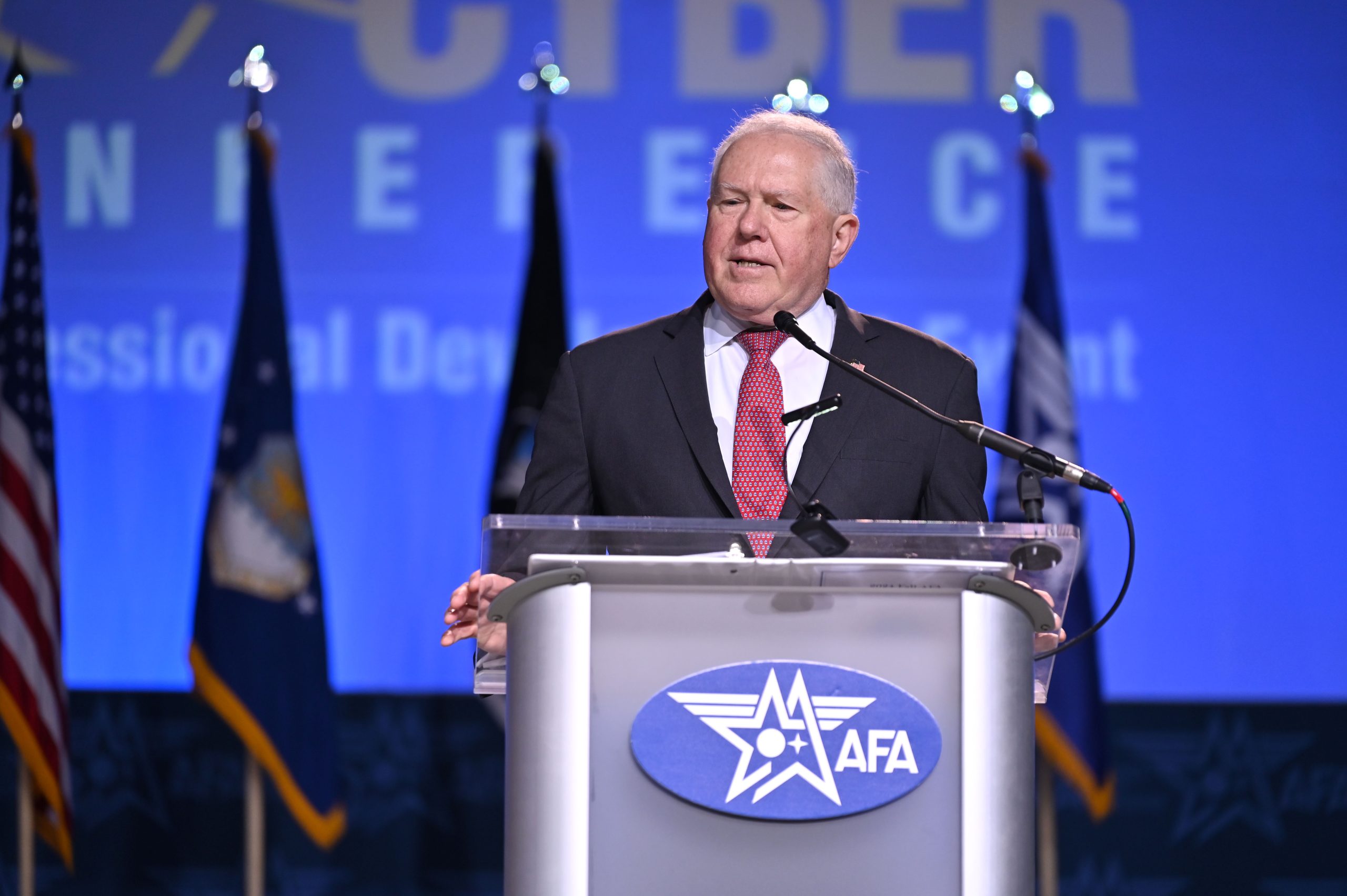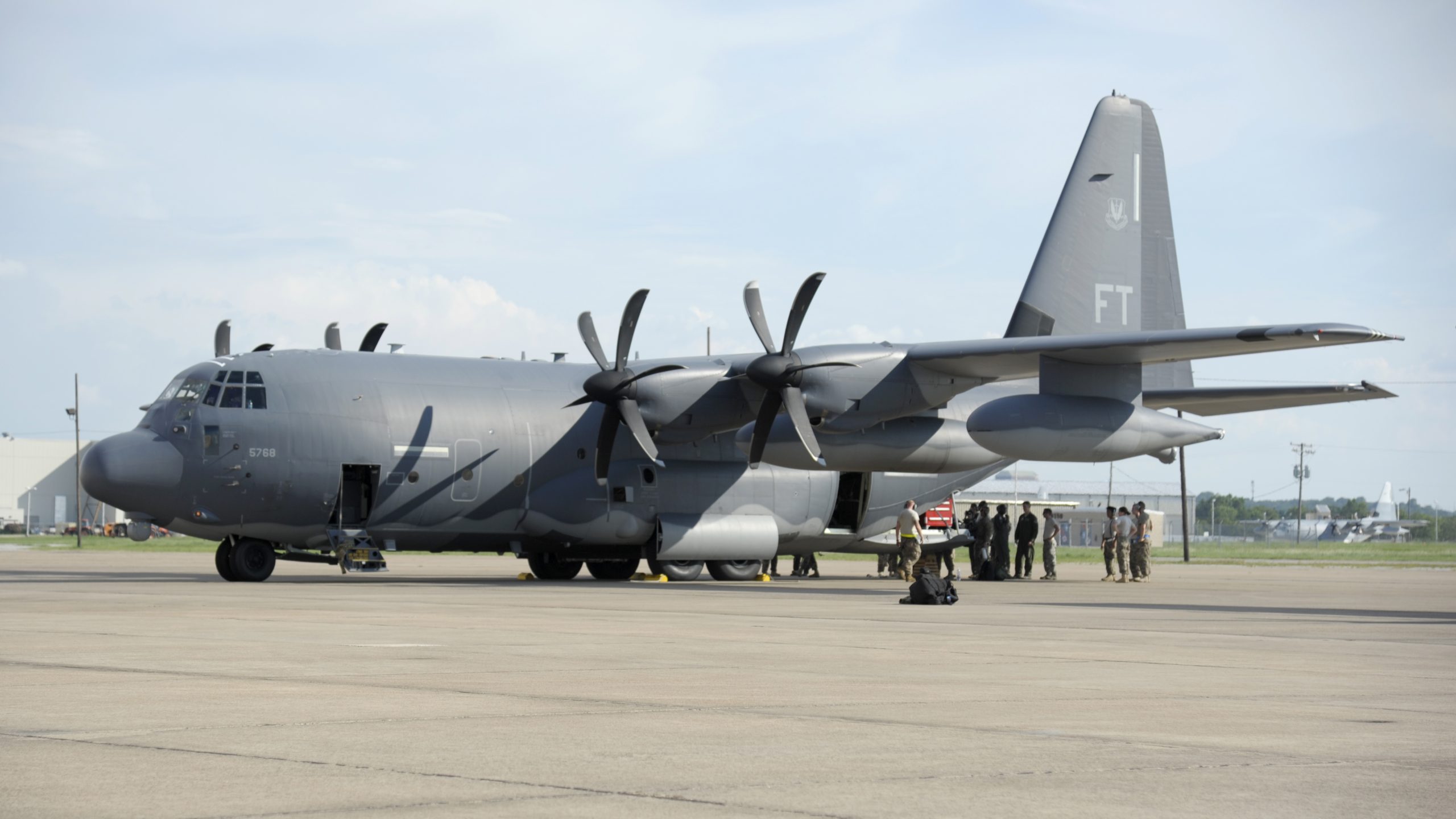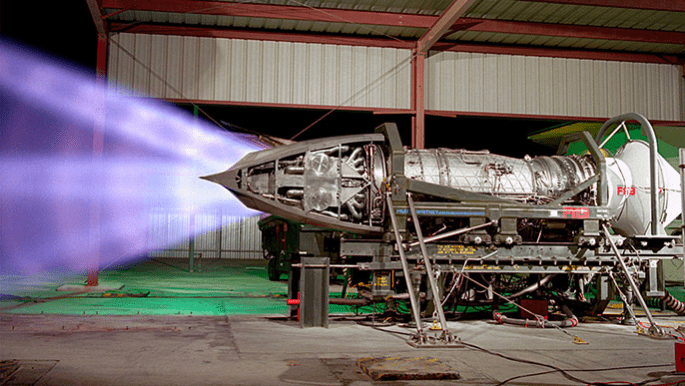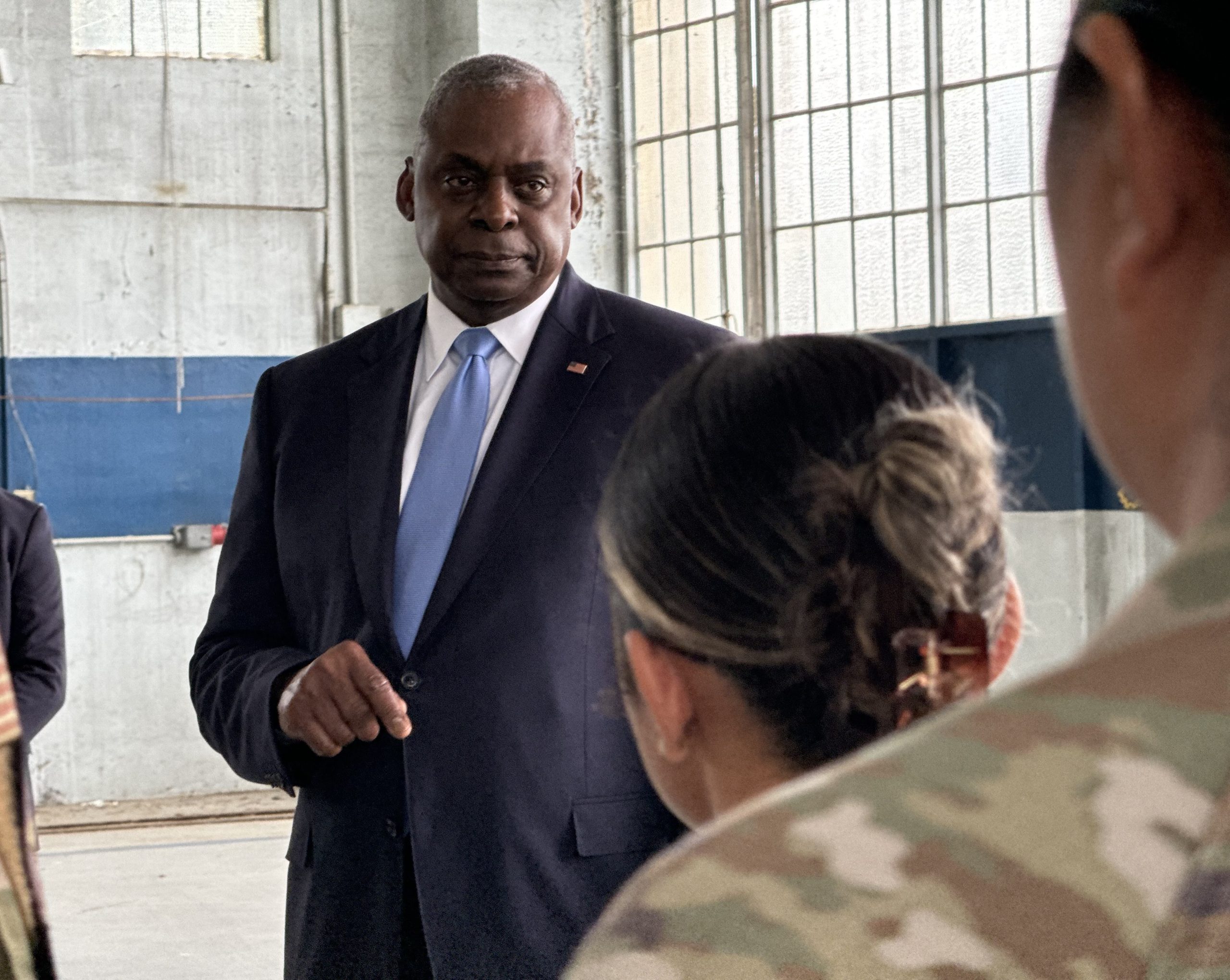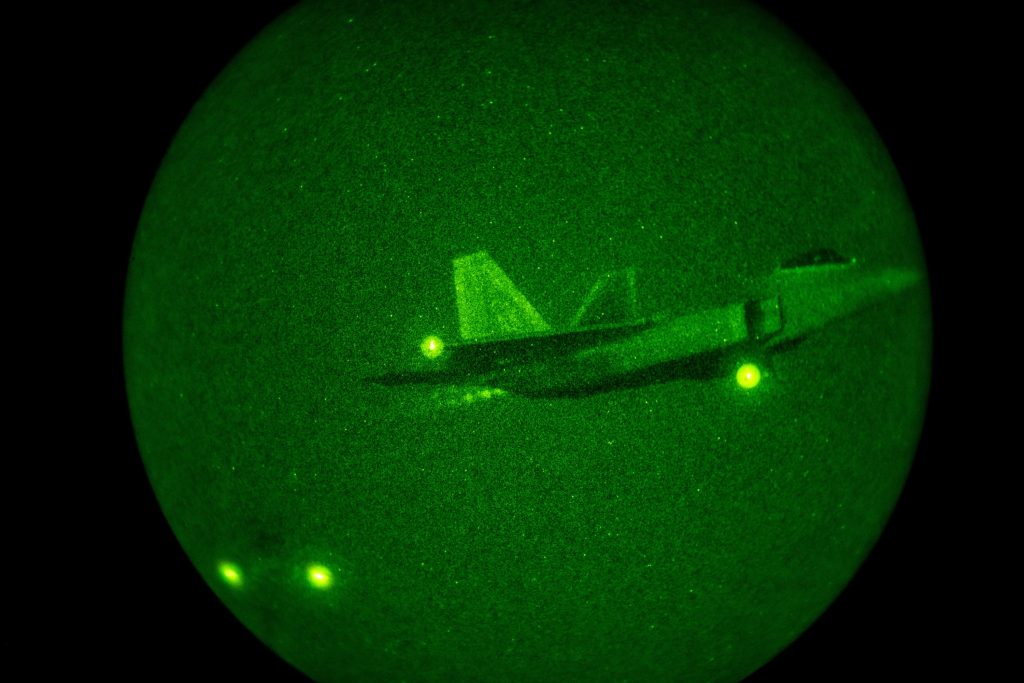NATIONAL HARBOR, Md.—The People’s Republic of China recently launched its 1,000th satellite into orbit, said Maj. Gen. Gregory J. Gagnon, the Space Force’s chief intelligence officer on Sept. 16.
Speaking at AFA’s Air, Space & Cyber Conference here, Gagnon said China had put about 200 satellites in orbit in the past year. “Probably three weeks ago, the PRC surpassed 1,000 satellites in outer space,” he said. “And if you went back 10 years, in 2014, they only put 24 satellites up that year. So you can see the rate of change is rapidly progressing.”
Gagnon, who previously cited China’s “strategic breakout” in space, said the People’s Republic of China has shifted the way space must be monitored. “Twenty years ago, sensing [what’s happening in] outer space was a little bit like being a traffic cop,” he said. “But today, there’s people who drive in outer space very differently than a passive traffic cop can understand.”
Other Space Force leaders have noted in recent months that China is expanding its presence in space to support its own military, even as it continues to develop capabilities to hold U.S. and allied satellites at risk. Indeed, the Pentagon’s latest China Military Power Report notes that in 2022, the PRC launched “over 180 satellites into orbit, which is a five-fold increase in satellites deployed compared to five years ago.”
That growth gets to the heart of the differences between space situational awareness and space domain awareness; situational awareness refers to knowing where an object is, like tracking debris, while domain awareness includes being able to characterize the how and why of an object’s actions.
Having that deeper level of understanding is only getting harder as China expands its satellite constellations—and yet there is a widespread expectation for it, said Kay Sears, vice president and general manager of space, intelligence, and weapon systems at Boeing.
“It’s a little bit of a given that we’re going to have all the systems in place to know all the objects, to track all the objects, to understand what they’re capable of and what their intentions are,” said Sears. “I think there’s a big assumption out there, and so we have a lot of work to do when we think about some of our competition in space.”
On top of that, the speed at which that awareness has to be achieved is only increasing, said Sears.
“The SDA mission has been expanding dramatically. It’s not just now about space domain awareness from space, but it’s actually in space as well,” she said. “We have to have a critical understanding of all of that in real time.”
Faced with these growing demands, the Space Force has expanded its sensor network—with a little help from commercial providers, Gagnon said.
“In four and a half years, we’ve moved from about two to three dozen sensors that observed outer space so that we can understand the space domain environment to now over 600 sensors or apertures around the world,” Gagnon said. “And you may ask, how can the United States government actually move that fast? Maybe we can’t, but our commercial sector can, and we have leveraged our commercial sector, which is by far the world’s finest in space domain awareness.”
Among those sensors is the new Deep-Space Advanced Radar Capability (DARC), a U.S.-U.K.-Australia collaboration acquire data and services from contractors, and more commercial solutions are likely to follow. The Space Force’s commercial space strategy defined domain awareness as among its top priorities.
Integrating it all will be a separate task. “Much like the collection that now goes on the ground or from space to the ground, it’s changing with just the proliferation of systems,” said Christopher Long, deputy general manager and vice president of space systems at General Dynamics Mission Systems.
The Space Force’s main effort to consolidate all those sensors has been the Unified Data Library, one gigantic repository for data from allies and commercial partners on space domain awareness.
“Not only are we able to take that data information and put it into a central location, but other users with authorized access are able to get that same information and co-mingle it with their own information from systems,” said Murali Krishnan, vice president and general manager for the payload and ground systems division at Northrop Grumman Space Systems.
Gagnon noted that there are more than 4,500 authorized users of the Unified Data Library from 20 countries, making it a crucial space domain awareness tool.
“It’s the critical piece of software that a young Guardian or a young JASDF staff member or a young member of the British Armed Services sits down to understand what’s going on in space,” he said.
